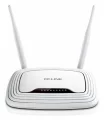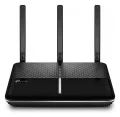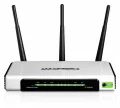TP-Link TL-WR340G router review
TP-Link introduced the TL-WR340G router in 2007. It is powered by Atheros AR2317 @ 182 MHz chipset, 8 MB of RAM, and 2 MB of flash memory.
Want to find out if the TP-Link TL-WR340G is good? Read on!
Table of Contents
- TP-Link TL-WR340G specifications
- Body, dimensions, weight
- System, chipset, RAM, flash, power supply
- Network, protocols, WAN and LAN ports
- Wireless, antennas, speed, security
- Connectivity
- Administration, user interface, login information
- Links
- Verdict, Pros and Cons
- Photos
- Comparisons
Our personal experiences and opinions form the basis of this article. We aimed to share insights on a topic, and we hoped others would find it useful and inspirational. If you noticed any mistakes or missing details about the TP-Link TL-WR340G, please let us know.
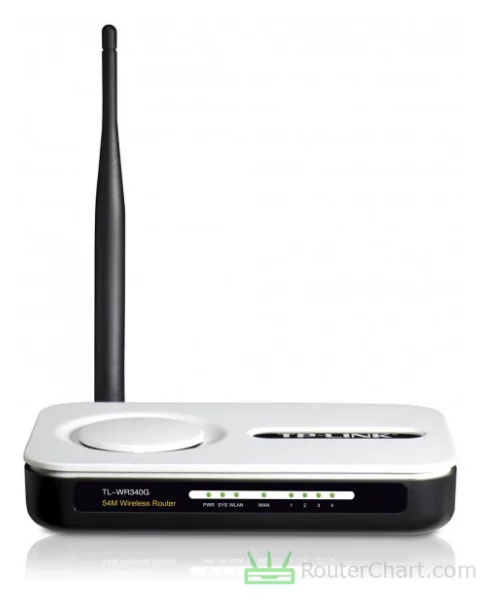
This router is a basic 2.4 GHz router, it provides reliability for small networks. TP-Link is a well-established brand, and it's got a significant market presence globally.
TP-Link TL-WR340G specifications
| Brand | TP-Link |
|---|---|
| Name | TL-WR340G |
| Type | TL-WR340G |
| Rating | |
| Launch | 2007 |
Body
| Dimensions | 160 x 28 x 102 mm |
|---|---|
| Weight | 453 g |
If you live in a small apartment, the size of the router is crucial to deciding whether it will fit. The weight of a router can matter in some situations. But it's usually not as crucial as other factors.
System
| Chipset | Atheros AR2317 @ 182 MHz |
|---|---|
| RAM | 8 MB |
| Flash | 2 MB |
| OS | TP-Link |
| Power supply | 9 V / 0.8 A |
The Atheros AR2317 @ 182 MHz CPU affects the router's performance, working with RAM and firmware. The amount of RAM in a router affects its performance and ability to handle tasks and traffic.
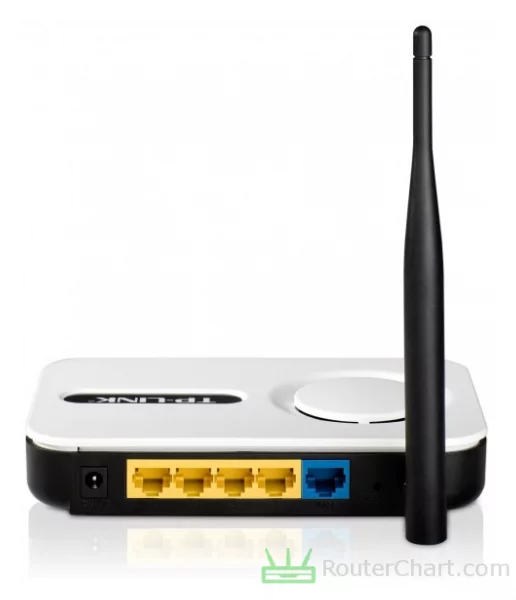
Network
| Protocols | IPv4 |
|---|---|
| LAN ports | 4 x 10/100 Mbps |
| WAN ports | 1 x 10/100 Mbps |
| Mobile network | no |
| VPN support | no |
Wired connections may bottleneck due to the limits of Fast Ethernet ports.
Wireless
| Antennas | 1 x 5 dBi |
|---|---|
| 2.4 GHz | yes |
| 5 GHz | no |
| 60 GHz | no |
| Standards | IEEE 802.11b/g |
| Class | G54 |
| Speed | 54 Mbps |
| Transmit power | 20 dBm |
| Security | WEP WPA WPA2 |
| Guest network | no |
The 2.4 GHz band is widely supported by many devices. If you have a small network with older devices and basic internet needs, an 802.11g router may still be adequate. The introduction of WPA2 (Wi-Fi Protected Access 2) improved upon WEP. It provides stronger security.
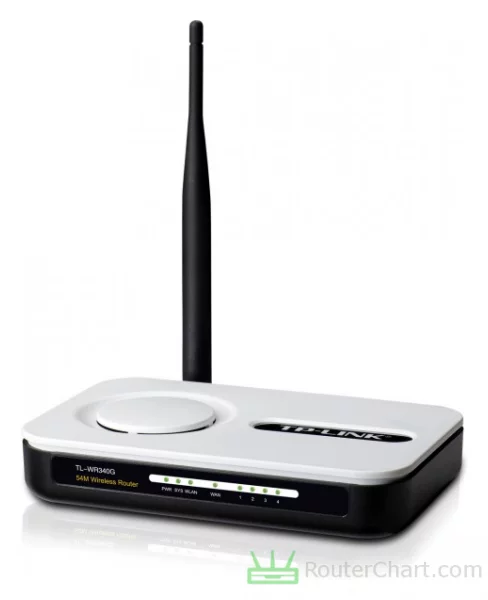
Connectivity
| USB ports | no |
|---|---|
| Print server | no |
| File server | no |
The TL-WR340G router doesn't have file-server or print-server functionality.
Administration
| Default IP | 192.168.1.1 |
|---|---|
| Default username | admin |
| Default password | admin |
If you can't log in to your TP-Link router's setup panel, try resetting it. A reset can help you troubleshoot. It is highly recommended to change the default password of your TL-WR340G router. Do this after the initial setup.
Links
| Official site | https://www.tp-link.com/ |
|---|
Pros and Cons
Every router, including this TP-Link one, has its good sides and not-so-good sides. Let's take a closer look at both to get a full understanding of what this router can do. Just remember, this is just what I think, and you might see things differently.
Pros
- none
Cons
- insufficient memory
- insufficient flash
- lack of Gigabit LAN
- Non-gigabit WAN port
- missing Wi-Fi 6 support
- lacks Wi-Fi 5 compatibility
- reduced Wi-Fi bandwidth
- incompatible with WPA3
- missing WPS support
- no USB connectivity
TP-Link TL-WR340G photos

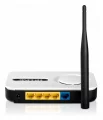


TP-Link TL-WR340G comparisons
We've noticed that many of our visitors like to compare the TP-Link TL-WR340G router with these popular models.
If there’s information about the TP-Link TL-WR340G that you would like to see on this site, then write to us.
Updated: May 25, 2024


